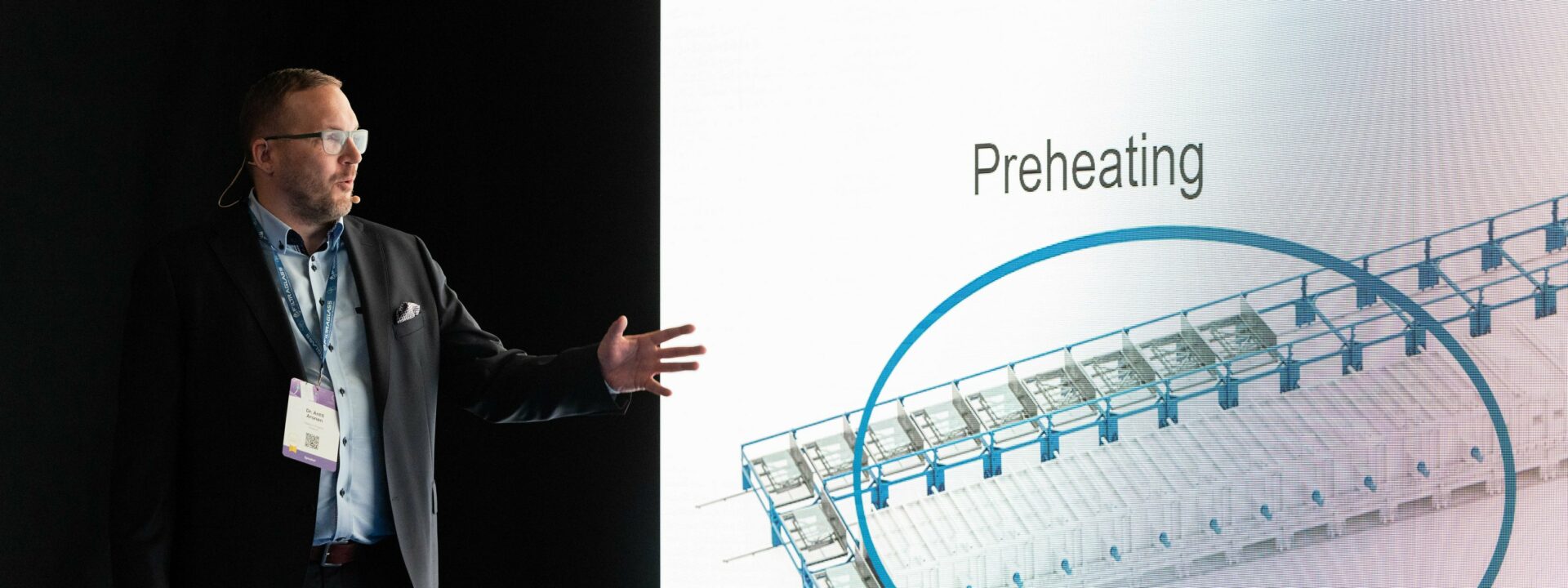
The complexity of automotive windshields and sunroofs has significantly increased with evolving modern car designs. Achieving uniform heating for such complex glass structures poses challenges for the automotive glass processing industry. However, these issues can be effectively addressed through the implementation of forced convection preheating. In this blog post, we explore the advantages of convection preheating and its radical impact on automotive windshield and sunroof production.
Change is the only thing constant in the automotive industry. And this holds true for windshields and sunroofs as well. Today, the market demands not only more intricate shapes and increased sizes for these essential components but also new coatings and larger screen-printed areas. For instance, modern windscreens and sunroofs tend to have a very wide enameled area. At the same time, most advanced features, such as head-up displays and advanced driver assistance systems, require extremely good optical quality in these areas.
This all has made it ever more challenging to uniformly heat the glass with radiation without compromising end-product quality.
For example, black print overheating can cause a burn line, an optical distortion visible just above the printed surface of the windshield. For the same reason, overbending can occur. Both are very typical quality issues faced by automotive glass processors today.
The good news is that issues inherent in radiation heating can be significantly reduced with forced convection.
Convection heating decreases the temperature differences between clear, coated or painted glass areas. It is simply indifferent to glass surface materials.
The same approach was successfully applied earlier in flat glass tempering and lamination. At some point, these heat treatment processes also faced difficulties in achieving uniform heating due to the growing presence of coatings, paints and new interlayers.
Now this same solution can radically change the way we treat automotive glass.
Forced convection controls the heating process much better than radiation heating. It enhances precision and consistency, both crucial to maintaining the quality of the final automotive glass product.
Plus, convection preheating positively affects the heating rate. When radiation and convection are combined, the heat transfer is higher than with radiation only. Specifically, the heating time can be up to 30% shorter if forced convection is applied.
The shorter heating time allows for fewer chambers in the production line. Shorter heating part and the elimination of the heat absorption plates, and radiation shields leads to reduced overall energy consumption of the line.
As the automotive industry evolves, it is essential for manufacturers to adapt to new requirements with new technology. By addressing the challenges of uniform heating, forced convection preheating becomes a highly effective solution for enhancing automotive windshield and sunroof production. And with its ability to reduce energy consumption, it should quickly become the industry standard.
We invite you to explore the accompanying presentation for further insights into the benefits of this advanced heating technique.
Sign up for Glastory newsletter
We answer your questions about glass processing. Let us know your challenges and we promise to do our best to help you.
Comments are closed.